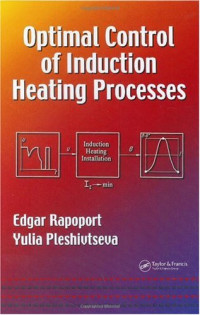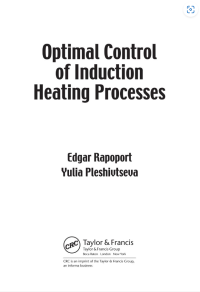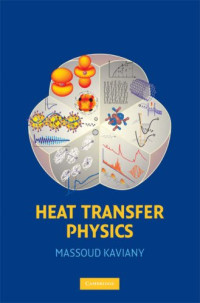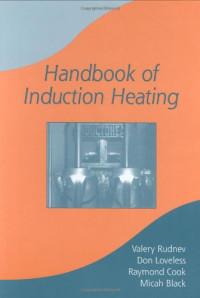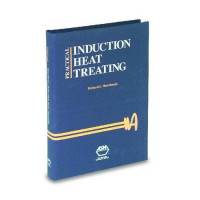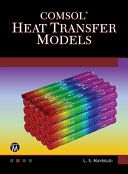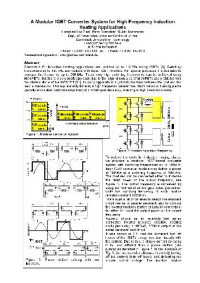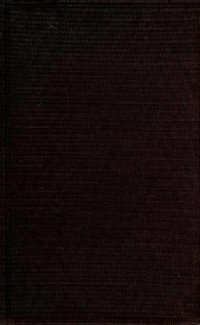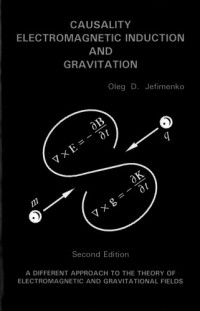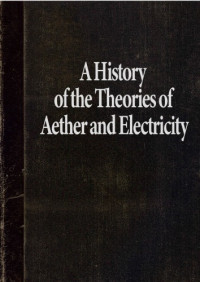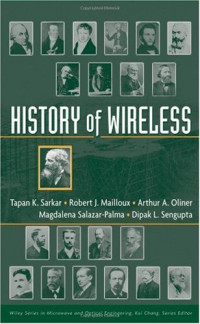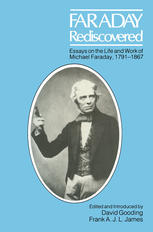
Heat Transfer Modeling: An Inductive Approach
George Sidebotham (auth.)This innovative text emphasizes a "less-is-more" approach to modeling complicated systems such as heat transfer by treating them first as "1-node lumped models" that yield simple closed-form solutions. The author develops numerical techniques for students to obtain more detail, but also trains them to use the techniques only when simpler approaches fail. Covering all essential methods offered in traditional texts, but with a different order, Professor Sidebotham stresses inductive thinking and problem solving as well as a constructive understanding of modern, computer-based practice. Readers learn to develop their own code in the context of the material, rather than just how to use packaged software, offering a deeper, intrinsic grasp behind models of heat transfer. Developed from over twenty-five years of lecture notes to teach students of mechanical and chemical engineering at The Cooper Union for the Advancement of Science and Art, the book is ideal for students and practitioners across engineering disciplines seeking a solid understanding of heat transfer.
This book also:
· Adopts a novel inductive pedagogy where commonly understood examples are introduced early and theory is developed to explain and predict readily recognized phenomena
· Introduces new techniques as needed to address specific problems, in contrast to traditional texts’ use of a deductive approach, where abstract general principles lead to specific examples
· Elucidates readers’ understanding of the "heat transfer takes time" idea—transient analysis applications are introduced first and steady-state methods are shown to be a limiting case of those applications
· Focuses on basic numerical methods rather than analytical methods of solving partial differential equations, largely obsolete in light of modern computer power
· Maximizes readers’ insights to heat transfer modeling by framing theory as an engineering design tool, not as a pure science, as has been done in traditional textbooks
· Integrates practical use of spreadsheets for calculations and provides many tips for their use throughout the text examples
Beware of he who would deny you access to information, for in his heart he dreams himself your master
 Convertissez des fichiers
Convertissez des fichiers Plus de résultats de recherche
Plus de résultats de recherche Autres avantages
Autres avantages 